
Vonron
gamer level 5
3795 xp
3795 xp
followers
8
8
Use my invite URL to register (this will give me kudos)
https://boardgaming.com/register/?invited_by=vonron
profile badges




recent achievements

Rated 25 Games
Rate 25 games you have played.
Rate 25 games you have played.

I Love Playin' Games
Claim that you have played a game today by clicking the "Played Today!" button on a game page 50 times.
Claim that you have played a game today by clicking the "Played Today!" button on a game page 50 times.

Zealot
Give 50 hearts (loyalty points) to a single game
Give 50 hearts (loyalty points) to a single game

Gamer - Level 5
Earn Gamer XP to level up!
Earn Gamer XP to level up!






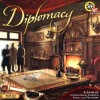
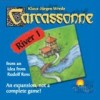

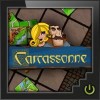


















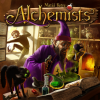




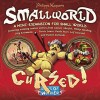











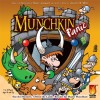







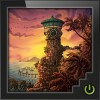


Brass
Summary
Brass puts you in the shoes of a magnate of the industrial revolution in North West England. Want to build a business empire? With canals? And railways? This is your game!
This is not a “railway” game in that the main aim of the game isn’t to create a transport network. Rather you will spend the game developing and building industries, which may need those connections to either be built or become profitable.
How does it play?
The game is split into two halves. The first canal era involves you placing lower level industries and linking them with canals. The second rail era involves you placing more advanced industries and linking them with rails. The canals you place in the first era are removed in the changeover, representing them being at capacity.
Depth wise Brass is a heavy game. There is a huge amount of strategy here and you can really benefit from thinking a few turns ahead. You won’t be able to think more than that as there are too many variables from other player actions and too much information on the board to perfectly process. Not that this wont stop some players trying, so I suggest holding turns to a time limit (an egg timer or little hour glass works perfectly).
Mechanically, Brass is actually not heavy at all. It is elegantly designed and is intuitive despite the complexity. Turn order is as follows:
1. Look at the income track for each player, so each player receives / pays in cash from / to the bank.
2. In player order, each player plays two of their eight cards (as to what they can do, see below).
3. Reset player order based on cash spent (the first player is the most frugal – not that this is always an advantage).
4. Each player draws two more cards (if available).
The game ends at the ends of the rail era, and each era ends when players don’t have any cards left to play.
So what can you do with the cards? Well, with the exception of establishing an industry, which is limited to an industry in the place depicted on the card or of the type depicted on the card, anything. In this way, Brass is actually a bit like a worker placement game – you have freedom to do with each card whatever you want, whether it is taking a loan to pay for more industry buildings, developing higher level industries, building canals or rails, or shipping cotton to advance up the income track.
Pros
– Depth without rules overload
– You end the game feeling like you really are an industry tycoon
– Great replayability
Cons
– Board could be more colourful
– Analysis paralysis can be an issue
TL;DR
Mechanically simple but deep industrial revolution tycoon style game.